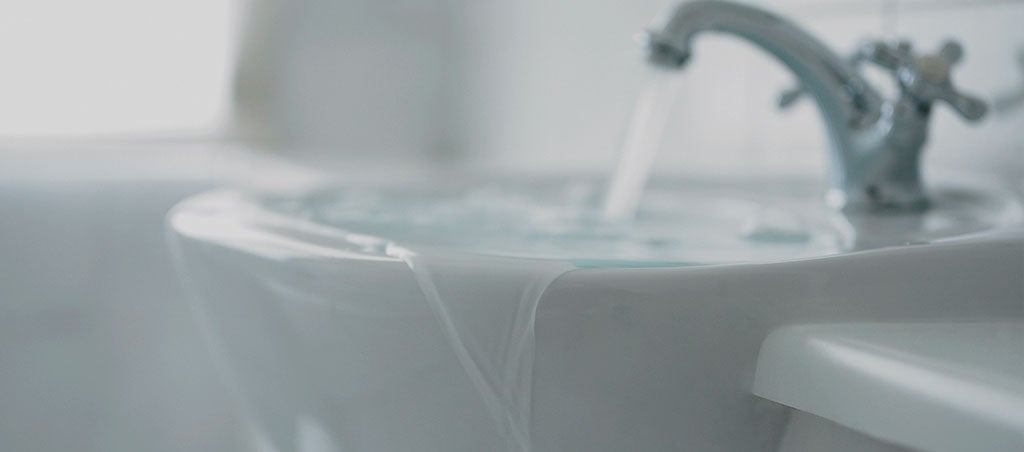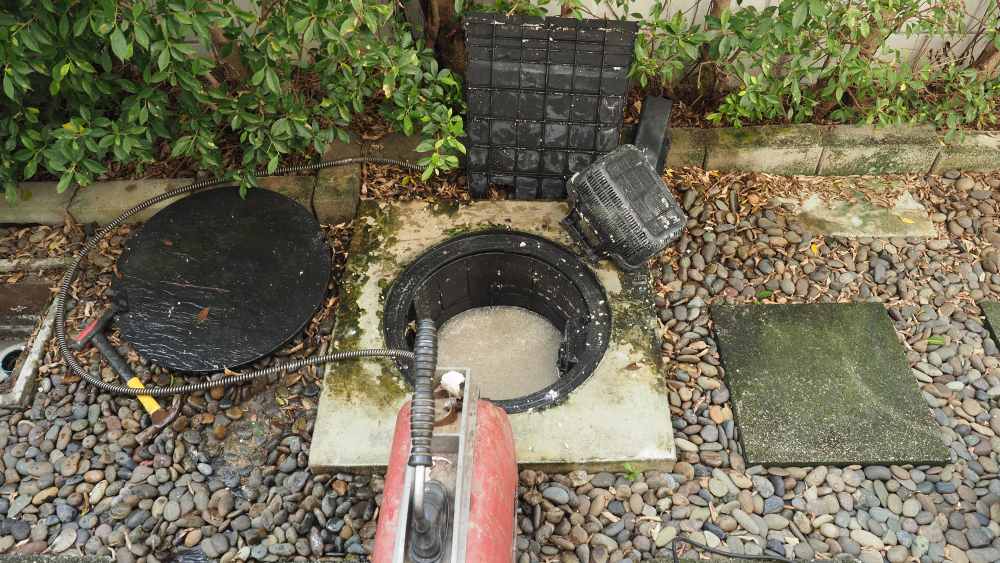Methods for Clearing a Blocked Drain Prior to Consulting Expert Plumbers
Methods for Clearing a Blocked Drain Prior to Consulting Expert Plumbers
Blog Article
The author is making a few great observations on the subject of 8 Tips For Clearing A Blocked Drain as a whole in the content beneath.

Introduction
Managing a blocked drain can be an irritating experience, disrupting everyday tasks and possibly causing damages to your residential property. However, before connecting to pipes experts, there are actions you can take to resolve the issue yourself. In this overview, we'll explore do it yourself remedies and preventive measures to take on an obstructed drainpipe efficiently.
Identifying the Problem
The primary step in resolving a blocked drain is recognizing the signs. Slow drainage, gurgling sounds, foul odors rising from drains, or water backing up are common indicators of an obstructed drain. Recognizing these signs early can help avoid additionally problems.
Selecting the Right Pipes Service
When choosing a plumbing service, take into consideration aspects such as experience, licensing, and consumer evaluations. Choose a reputable plumbing technician with a record of high quality workmanship and transparent rates methods.
Price Considerations
The expense of professional drainpipe cleaning services can vary depending upon the severity of the clog and the plumbing technician's prices. Demand quotes from multiple carriers and inquire about any kind of additional charges to make sure openness and stay clear of shocks.
Safety and security Measures
When trying do it yourself drainpipe cleansing, focus on security. Wear protective gloves and eyeglasses to avoid contact with hazardous chemicals or germs. Never ever mix different drainpipe cleaning items, as this can generate harmful fumes.
Instance Researches
Real-life examples illustrate the efficiency of do it yourself options and the value of timely expert intervention in dealing with drain obstructions.
Typical Root Causes Of Obstructed Drains
Recognizing the factors that add to drain pipes obstructions is vital for effective resolution. Typical offenders consist of hair, soap scum, grease, food particles, and foreign items like sanitary items or paper towels. Tree roots attacking below ground pipelines can also cause substantial clogs.
DIY Solutions
For minor obstructions, a number of DIY options can be efficient. Pouring boiling water down the drain can aid dissolve grease and particles. Sodium bicarbonate and vinegar or a mixture of salt and cooking soda can work as all-natural cleaners. Using a plunger or pipes snake to remove blockages is one more alternative.
Tools and Tools
Having the right tools on hand can make DIY drain cleaning a lot more efficient. A plunger is a functional device for clearing obstructions in sinks, bathrooms, and showers. A pipes serpent or auger can get to deeper blockages, while drain cleaning chemicals can be used carefully for persistent obstructions.
Safety nets
To stay clear of future clogs, taking on safety nets is crucial. Install drainpipe guards or filters to capture hair and debris prior to they get in the pipes. Frequently flush drains with warm water to dissolve oil accumulation, and avoid taking care of oil or solid waste down the tubes.
When to Call a Professional
While do it yourself solutions can solve minor obstructions, certain indications show the requirement for professional support. Relentless blockages, foul odors in spite of cleaning up initiatives, or multiple drains backing up all at once are red flags that require skilled treatment.
Verdict
By following the suggestions described in this guide, you can successfully deal with obstructed drains pipes and protect against future pipes concerns. Whether going with do it yourself options or seeking professional assistance, prompt activity is key to keeping a healthy and balanced plumbing system and preserving the honesty of your home.
How to Clear a Clogged Drain Yourself (And When to Call In the Professionals)
What Can Clog a Drain
Dirt Skin flakes Hair Grease Soap scum Food Offset pipes Tree roots Small objects Mineral buildup DIY Tricks to Unclog a Drain
You can fix this! Once you have identified the source of the clog (or have a vague idea), you can try one or a combination of these fixes in order to clear your plumbing.
Wire Hanger or Snake
Untangle and clear out hair from a drainpipe with a homemade snake. Use a straightened-out wire hanger with a 90-degree angle hook to locate the clog and drag out any unwanted material.
Remember not to push the clog further down to where the wire hanger cannot reach! If you need to follow up with a plunger, give it a try. Your efforts might be more successful after it’s been wire-snaked.
If you want to get fancy and don’t have a wire hanger to spare, head to the store and pick up a hand-operated drain snake. You can get one for $10-$30. It may save you the hassle, and provide additional length to reach deep into the clogged pipe.
Plunger
A cup plunger has a suction cup attached to a wooden handle. The rubber creates a seal around the drain, and increases the pressure force of the plunger.
Plunge for 30-second increments to loosen the clog. This may need to be repeated over the course of 15-20 minutes. Once plunged, run the water to flush the remaining material out of the drain.
Remember– never use a plunger if you have used a chemical drain cleaner. These chemicals can splash up from the force of the plunger and cause serious injury or burns.
Boiling Water
Hot water can sometimes break up materials into a flushable amount. Dirt, grease, and soap buildup requires heat in order to unstick from surfaces.
Take your kitchen kettle and heat your water to a boil. Once it reaches a rolling boil, pour it directly down the drain into the blockage. Carefully follow with plunging, if necessary.
Don’t worry if this takes more than one try! It can often take multiple kettles and repeated plunging in order to clear a particularly stubborn clog.
Chemical Drain Cleaner
As a last resort, pick up a bottle of chemical drain cleaner. Drain-cleaning chemicals are potent, and not very good for the environment.
You may need to wear protective eyewear in gloves before handling your bottle of chemical drain cleaner. Follow the instructions printed on the bottle, and flush with water as soon as the instructions allow. Do not follow with plunging.
Baking Soda and Vinegar
As a safer alternative to chemical drain cleaner, baking soda and vinegar can create a chemical reaction that clears tough clogs.
Combine one cup of cleaning vinegar with one cup of boiling water, and set aside. Once you have done this, pour half a cup of baking soda down the drain. Give the baking thirty seconds to settle and cover a large portion of the problem drain.
Following the baking soda, pour down your vinegar and hot water solution. Once the vinegar and baking soda combine, the mixture will bubble and fix. Let this reaction fizzle in the drain for about an hour.
After an hour, follow with a kettle’s worth of hot water. The heat and liquid should flush out any remaining material.
When to Call a Plumber
If your DIY attempts haven’t cleared your clog drain, it’s time to call in a professional. It’s not worth losing access to your kitchen sink or high-traffic bathroom. A clog in a vital area can keep you from the things you’d rather be doing, and derail your routine.
Anytime a clog is causing water to spread is a time to call in a plumbing service. What starts out as a little bit of water can quickly grow into serious, expensive water damage.
Additionally, a serious clog can result in burst pipes or serious leaks. Make sure you know when to take it seriously!
https://myguysnow.com/how-to-clear-a-clogged-drain-yourself-and-when-to-call-in-the-professionals/

As a keen person who reads on What I learned from trying to deal with a clogged drain, I imagined sharing that section was valuable. Don't hesitate to take the opportunity to distribute this page if you enjoyed it. I am grateful for your time. Don't forget to come visit our site back soon.
Maintenance Sign-Up Report this page